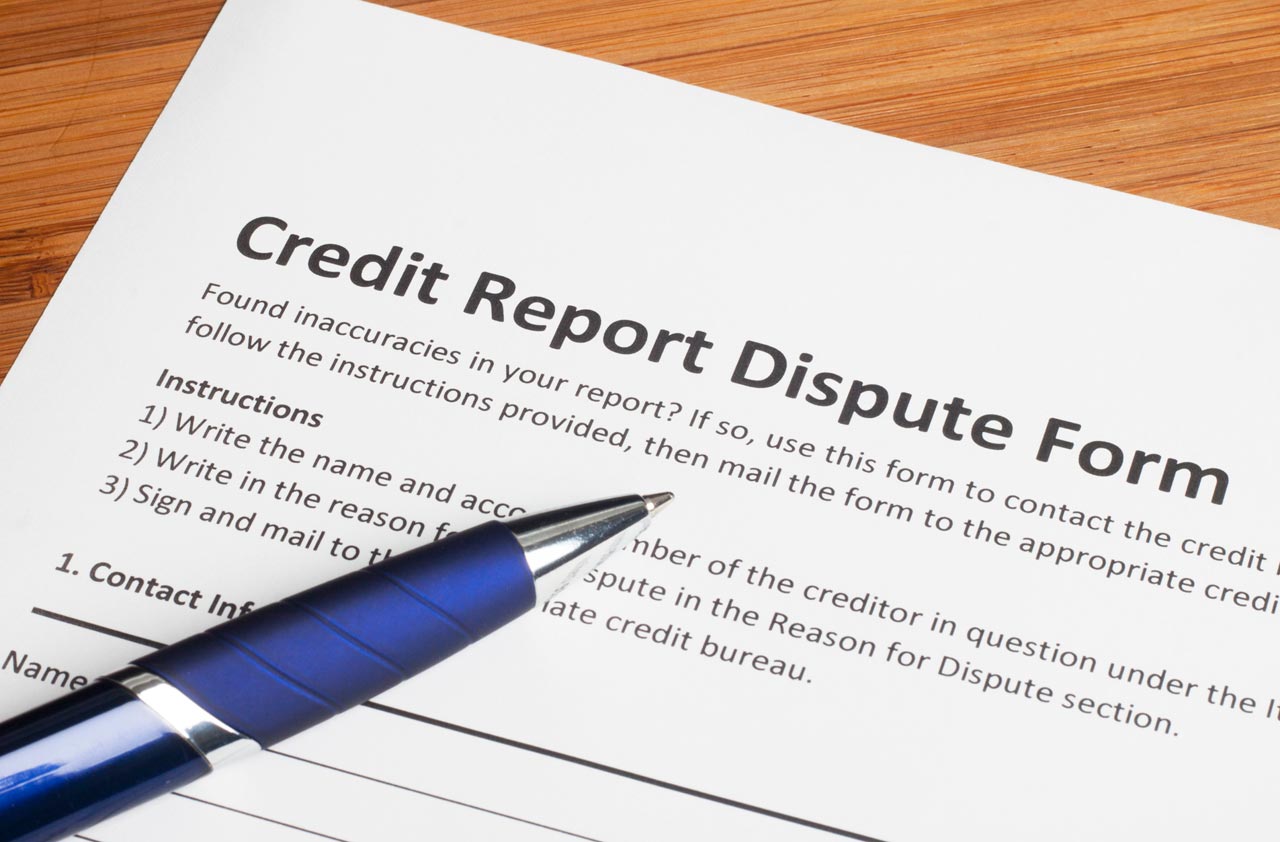Tax Breaks for Child Care: Flexible Spending Accounts vs. Tax Credits
The higher your income, the better the FSA looks.


Question: It's open enrollment for my 2017 employee benefits, and my employer is offering a dependent-care flexible-spending account. Would I get a bigger break for my toddlers' day-care costs with the FSA or by taking the child-care credit on my income tax return?
Answer: You'll generally get a bigger break with the FSA, especially as your income rises.
You can set aside up to $5,000 pretax in a dependent-care FSA, if one is offered by your employer. That money avoids not only federal income taxes but also the 7.65% Social Security and Medicare tax, and it may bypass state income taxes as well. If you're in the 25% federal income tax bracket and pay 5% in state taxes, for example, contributing $5,000 to an FSA would save you $1,883 in taxes. The higher your tax bracket, the bigger the benefit. (The maximum contribution is $5,000 per household each year even if both spouses have access to a dependent-care FSA where they work.)

Sign up for Kiplinger’s Free E-Newsletters
Profit and prosper with the best of expert advice on investing, taxes, retirement, personal finance and more - straight to your e-mail.
Profit and prosper with the best of expert advice - straight to your e-mail.
The dependent-care tax credit, on the other hand, is worth 20% to 35% of up to $3,000 in eligible child-care expenses if you have one child, or up to $6,000 if you have two or more children. The percentage is based on your income; you'll qualify for the 35% credit only if your income is $15,000 or lower. If your income is $43,000 or more, the credit is worth 20% of eligible child-care expenses, with a maximum credit of $600 if you have one child or $1,200 if you have two or more children. See IRS Publication 503, Child and Dependent Care Expenses, for a list of credits at each income level.
You can't double dip, so you can't use the FSA and take the full dependent-care credit. But families with two or more eligible kids can max out the $5,000 FSA benefit and still take the dependent-care credit for up to $1,000 in eligible child-care expenses, which could cut your tax bill by an extra $200 or more, depending on your income.
Both the dependent-care FSA and the tax credit have the same eligibility requirements: The care must be for a child under age 13 while you and your spouse work (both spouses must have earned income, or one can be a full-time student). The cost of day care, a nanny, a babysitter and preschool counts (but not the cost of school for children in kindergarten or higher grades). You can also count the cost of before-school or after-school care and day camp (but not overnight camp) during the summer and school breaks.
Certain expenses for an elderly relative who is your dependent (such as the cost to attend an adult day-care center) may be eligible for the dependent-care FSA or tax credit, too. See Dependent-Care Flexible Spending Accounts Aren't Just for Kids' Expenses for more information about those rules.
Get Kiplinger Today newsletter — free
Profit and prosper with the best of Kiplinger's advice on investing, taxes, retirement, personal finance and much more. Delivered daily. Enter your email in the box and click Sign Me Up.

As the "Ask Kim" columnist for Kiplinger's Personal Finance, Lankford receives hundreds of personal finance questions from readers every month. She is the author of Rescue Your Financial Life (McGraw-Hill, 2003), The Insurance Maze: How You Can Save Money on Insurance -- and Still Get the Coverage You Need (Kaplan, 2006), Kiplinger's Ask Kim for Money Smart Solutions (Kaplan, 2007) and The Kiplinger/BBB Personal Finance Guide for Military Families. She is frequently featured as a financial expert on television and radio, including NBC's Today Show, CNN, CNBC and National Public Radio.
-
 Six Ways to Pay Off High-Interest Debt (and Still Save for the Future)
Six Ways to Pay Off High-Interest Debt (and Still Save for the Future)Get out of debt and reach your goals sooner by starting with a well-thought-out plan.
By Kiplinger Advisor Collective
-
 Vaccines Medicare Covers for Free
Vaccines Medicare Covers for FreeThe U.S. is experiencing an outbreak of measles and is on track to have the most whooping cough cases since 1948; these vaccines Medicare covers for free can keep you safe.
By Donna LeValley
-
 Credit Report Error? They All Matter
Credit Report Error? They All Mattercredit & debt Don't dismiss a minor error. It could be the sign of something more serious.
By Kimberly Lankford
-
 Insurance for a Learning Driver
Insurance for a Learning Driverinsurance Adding a teen driver to your plan will raise premiums, but there are things you can do to help reduce them.
By Kimberly Lankford
-
 529 Plans Aren’t Just for Kids
529 Plans Aren’t Just for Kids529 Plans You don’t have to be college-age to use the money tax-free, but there are stipulations.
By Kimberly Lankford
-
 When to Transfer Ownership of a Custodial Account
When to Transfer Ownership of a Custodial Accountsavings Before your child turns 18, you should check with your broker about the account's age of majority and termination.
By Kimberly Lankford
-
 Borrowers Get More Time to Repay 401(k) Loans
Borrowers Get More Time to Repay 401(k) Loansretirement If you leave your job while you have an outstanding 401(k) loan, Uncle Sam now gives you extra time to repay it -- thanks to the new tax law.
By Kimberly Lankford
-
 When It Pays to Buy Travel Insurance
When It Pays to Buy Travel InsuranceTravel Investing in travel insurance can help recover some costs when your vacation gets ruined by a natural disaster, medical emergency or other catastrophe.
By Kimberly Lankford
-
 What Travel Insurance Covers When Planes Are Grounded
What Travel Insurance Covers When Planes Are GroundedTravel Your travel insurance might help with some costs if your trip was delayed because of the recent grounding of Boeing 737 Max planes.
By Kimberly Lankford
-
 Ways to Spend Your Flexible Spending Account Money by March 15 Deadline
Ways to Spend Your Flexible Spending Account Money by March 15 Deadlinespending Many workers will be hitting the drugstore in the next few days to use up leftover flexible spending account money from 2018 so they don’t lose it.
By Kimberly Lankford